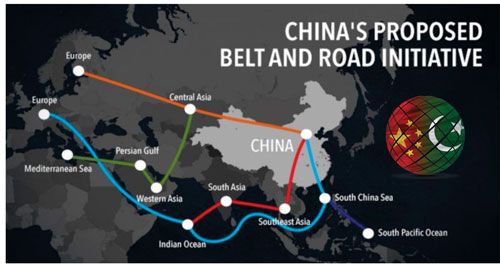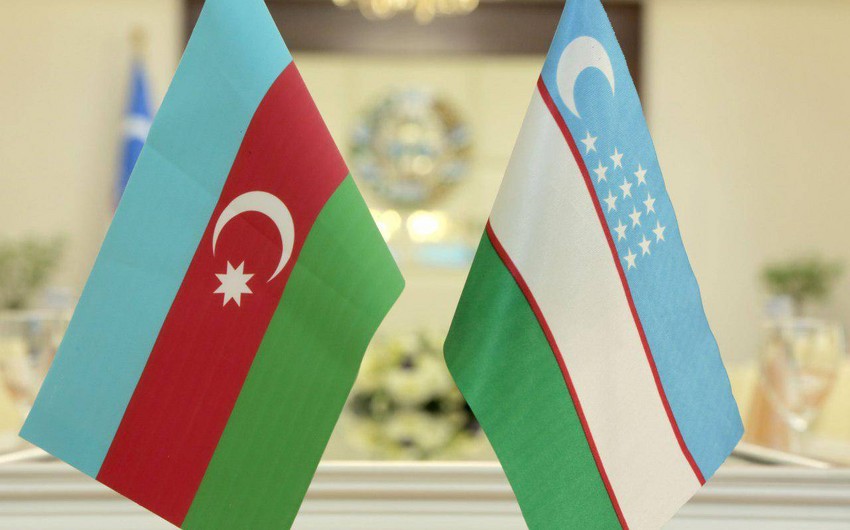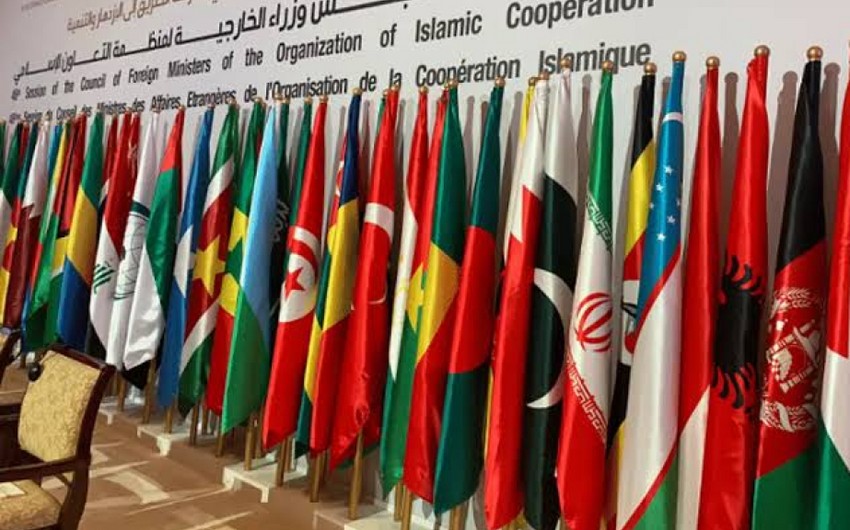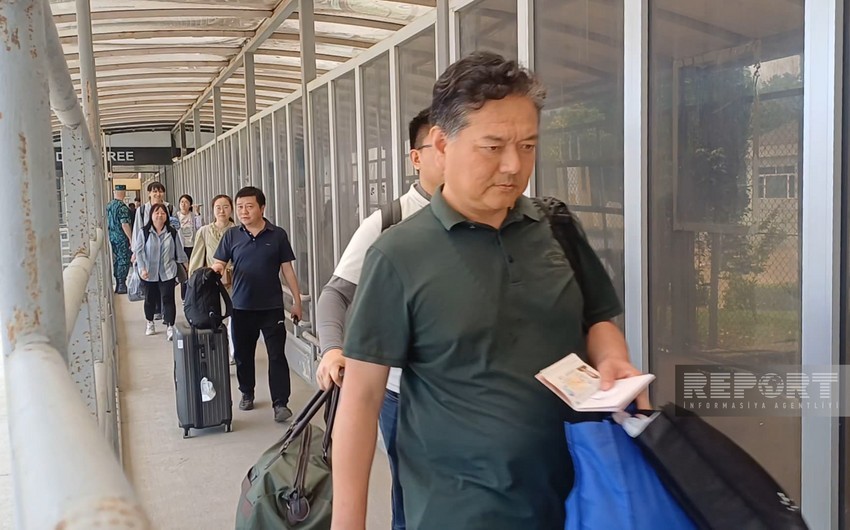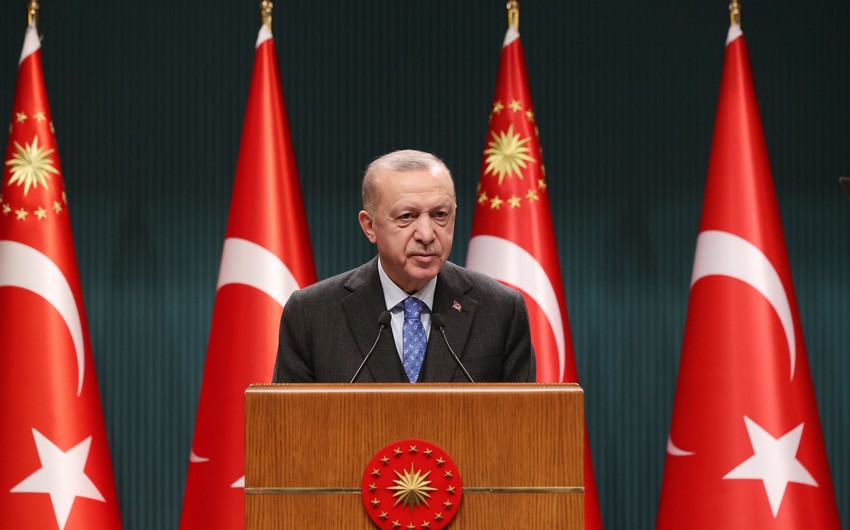Eurasia Diary presents an article titled "BRI & Ethiopia: An Ideal Combination of Greater Regional Connectivity" published in Pakistan oberver
Article by Dr Mehmood Ul Hasan Khan, expert on regional and geopolitical studies.
China’s Belt and Road Initiative (BRI) has “gravitational force” and the “potential” to form new development pathways through infrastructure development, stimulating investment, eradication of poverty, greater regional connectivity and job creation and promoting economic transformation in Ethiopia.
To date, nearly 40 African countries have signed memorandums of understanding to join the initiative, and BRI has aided the African Continent in breaking through developmental bottlenecks and boosted global value, industrial and supply chain integration.
The opening of the Addis Ababa-Djibouti Railway in 2018 is a vivid display of how BRI has symphonized with Africa’s development over the past decade.
In this regard, the BRI is effectively facilitating the realization of infrastructure development projects such as railways, highways, airports and deep seaports in African Continent eventually bringing various socio-economic development opportunities in Ethiopia which has now become a close economic and political partner of China in Africa and is the recipient of a large amount of investment by large and small Chinese enterprises, as well as lending by the Chinese government, policy and commercial banks and state-owned enterprises.
Interestingly, China-Ethiopia bilateral economic cooperation during 2000-2020 is further strengthened by the convergence between the industrial policy of Ethiopia, the orientations of the Forum on China-Africa Cooperation (FOCAC), and the infrastructure development strategy which is the cornerstone of China’s BRI.
China, the largest foreign investor in Ethiopia during this period, has had a major role in terms of investment and financing in the energy sector and the transportation infrastructure: Addis Ababa Airport, roads, railway, seaport terminal and gas pipeline.
Now its forbidding deserts could prove the best places for giant wind power farms, generating abundant and clean sources of energy for Ethiopia.
The Aysha wind power project, under the China-proposed Belt and Road Initiative, broke ground in May 2018 and was contracted by Dongfang Electric International Corporation, a Chengdu-based enterprise specializing in the production of power-generating equipment.
With a projected total installed capacity of 120 megawatts and an energy output of 467 gigawatt hours per year, the $257 million project is expected to boost the national energy output of Ethiopia, meeting the rising demand for local power grid construction and upgrading.
The renewable energy project, part of Ethiopia’s Growth and Transformation Plan-II, will boost the country’s electricity generation capacity, alleviating the electricity shortage experienced in the surrounding areas and Djibouti.
It is situated at the juncture of Ethiopia, Djibouti and Somalia, the wind farm will also provide electricity for industrial parks along the Ethiopia-Djibouti Economic Corridor and for the Addis Ababa-Djibouti Railway once it is up and running and integrated into Ethiopia’s power grid.
Ethiopia has also exported electricity to its neighbours Kenya and Sudan as well as Djibouti which will be further increased after the completion of energy projects under the flagship of BRI in Ethiopia.
Ethiopia has invested heavily in renewable projects as part of its green-economy strategy under the government’s hopes to partially achieve its goal of net-zero carbon emissions by 2025, with investment in clean, renewable energy like wind, hydro and geothermal.
The project is 75% completed, and the rest is expected to be completed by the end of 2022.
Another flagship project the Addis Ababa-Djibouti Railway connecting Addis Ababa to Djibouti City and Djibouti’s Doraleh Container Terminal, inaugurated in 2018, provided landlocked Ethiopia with a good connection between the hinterland and the seaport: the economic corridor accounts for more than 95% of Ethiopia’s foreign trade.
The construction of the early BRI project of Addis Ababa–Djibouti railway has reduced transport costs and shortened the transport time from three days to ten hours.
The BRI contributes to the growth of trade and investment opportunities for landlocked Ethiopia in terms of financing, infrastructure development and regional integration.
The development of Ethiopian Industrial Parks on the model of Chinese Special Economic Zones (SEZs) was the second pillar of the strategy of development of an export-oriented manufacturing sector.
Chinese companies operating in Ethiopian Industrial Parks in the textile and leather industries have been pioneering this activity contributing to Ethiopia’s participation in the Global Value Chains (GVCs).
The Ethiopian government is also planning the development of agro-industrial parks specialized in added-value agricultural products such as coffee or cut flowers exported to Europe via Addis Ababa Airport and Ethiopian Airlines Cargo.
Chinese companies have been investing heavily in infrastructure and in industrial parks in Ethiopia and they have expanded the Port of Djibouti to include several commercial specialty ports meant to provide sea access to minerals and goods produced in Ethiopia.
The 752-km Chinese-built transnational railway, which was launched in October 2016, is a flagship project of China-Africa cooperation under the BRI, bringing Ethiopia, Djibouti and China together for a common goal.
To conclude, fortunately, the BRI coincides with Africa’s 2063 vision of establishing an integrated railway network, connecting the continent also from Egypt in the north to South Africa in the South in which Ethiopia is playing the role of a connecting hub. BRI projects in Ethiopia are a win-win kind of partnership between two countries.
It has become a critical element in facilitating the relations between the two countries. Furthermore, China has started to invest in human resource development and other areas which could benefit the Ethiopian economy.
Most recently, two important MoUs were signed which could play an important role in economic cooperation between the two countries.
One was signed to improve the manufacturing capacity of Small and Medium Enterprises (SMEs) in Ethiopia.
Another was also signed between Ethiopian Innovation and Technology State Minister, Sisay Tola and Chen Kuan, the founder and CEO of Chinese firm Infervision Technology Corporation in Ethiopia’s capital Addis Ababa.
The aim of the MoU was to boost the technological capacity in areas like education and healthcare as also to enhance the exchange of information between private sectors of both countries.
The BRI and Ethiopia’s 10-year development plan is well coordinated. In this connection, more than 10 industrial parks, some of which are invested in by Chinese firms, are also being established along the rail line, paving the way for the development of light manufacturing and industrialization, a key vision in Ethiopia’s future blueprint.
According to China’s Ministry of Foreign Affairs since 2000, Chinese companies have completed more than 10,000 kilometres of railway in Africa, in addition to more than 100,000 kilometres of roads, nearly 1,000 bridges, nearly 100 ports and a vast number of hospitals and schools.
BRI has revolutionized the Ethiopian agriculture sector due to which there is no risk of food insecurity in the country.
It has transformed its infrastructure development, service sector, railways, transportation system and last but not the least, eradicated poverty and generated new jobs.
Ethiopia has stepped up cooperation with China in undertaking massive projects, including constructing a high voltage electric transmission line to the 6,450 megawatts hydro dam currently under construction on Blue Nile River.
Both countries also collaborated in the construction of the 51 megawatts Adama I and 153 megawatts Adama II wind farm projects and the 300 megawatts Tekeze hydro project.
The construction of the Grand Ethiopian Renaissance Dam (GERD) hydropower project is almost 80 percent completed, providing new hope for Ethiopian power exports.

